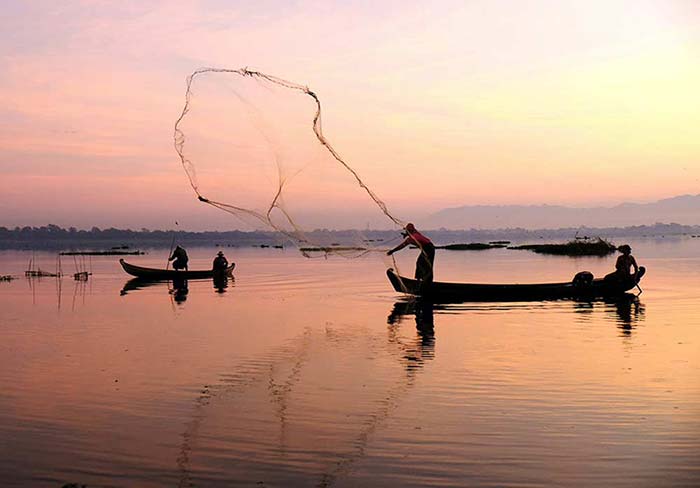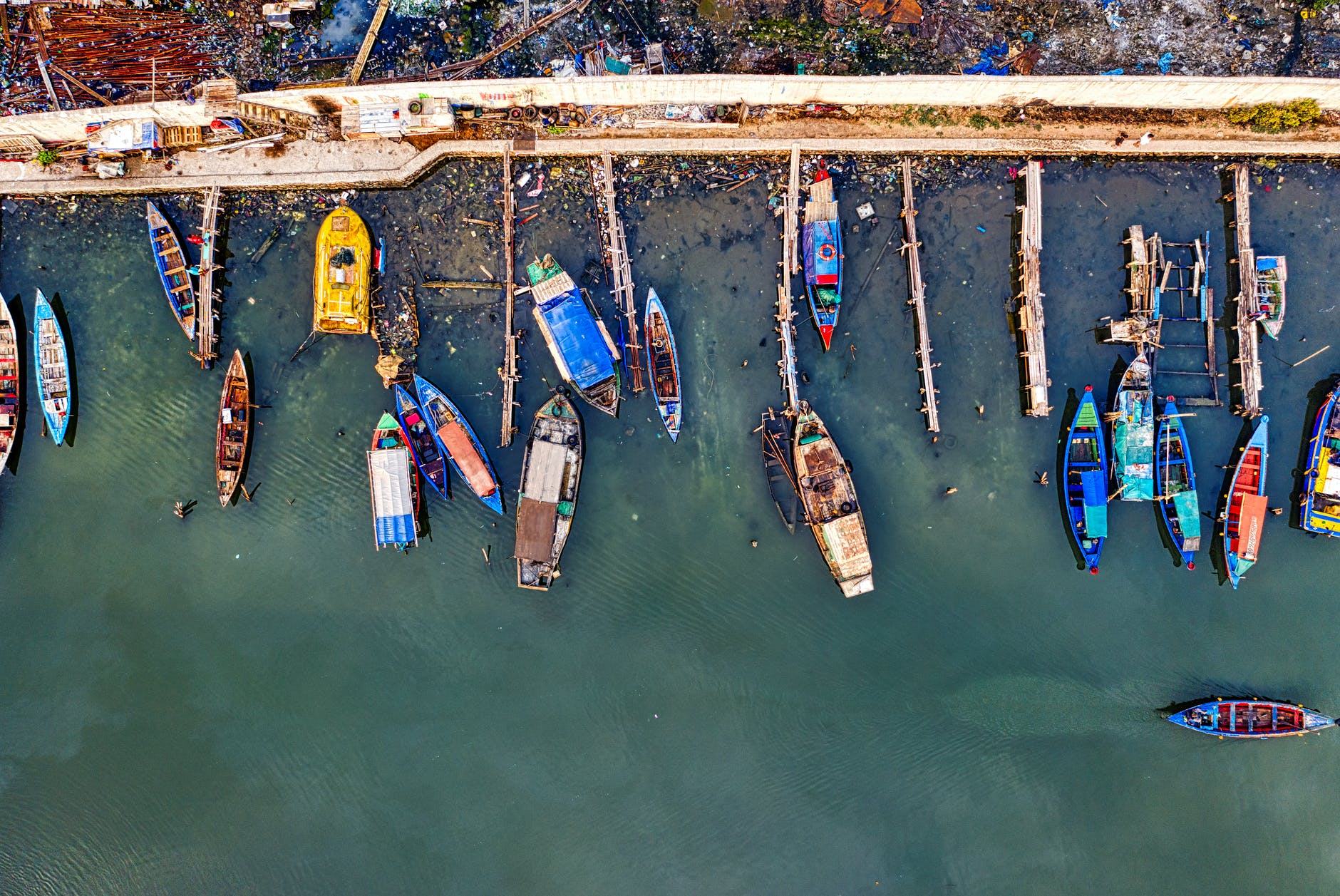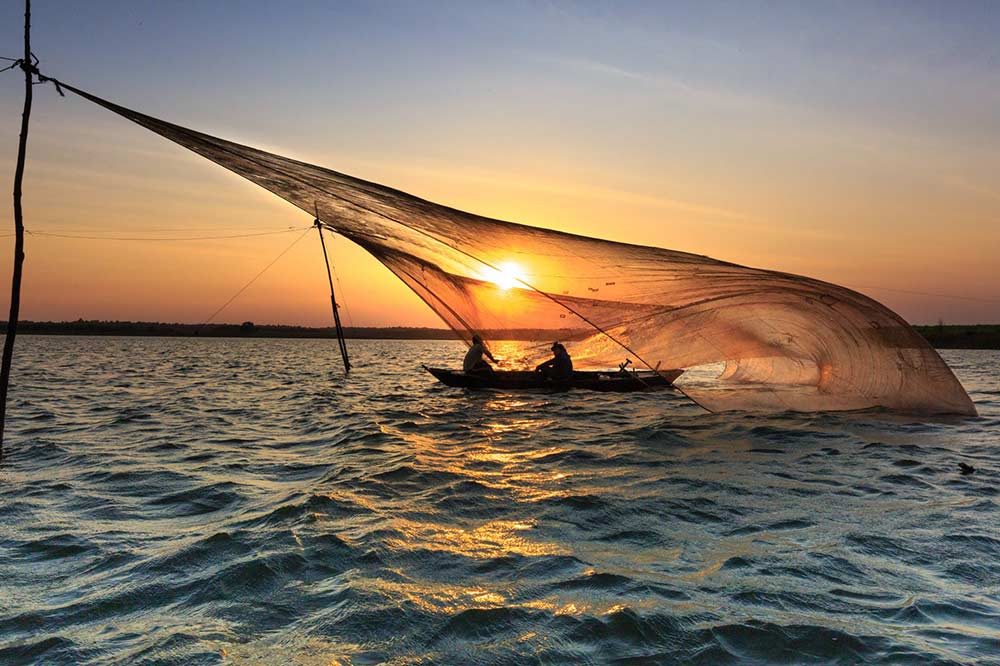


















How can we balance the marine ecosystem when working in the canned fish industry? Tuna is one of the most popular fish in the world and is therefore very commercially valuable. Fish caught in more than 70 countries are marketed fresh, frozen or canned.


Tuna species are very important for commercial and recreational fishing. But because of the high demand for this fish, many stocks with full or excessive fish capacity are being misused. According to scientists, balanced fishing can be better for ecosystems than the current sustainable methods that target adult tuna and limit fishing. Researchers have found that fishing for the widest possible range of species, stocks and possible sizes, both achieve maximum catch weight and maintain the ecosystem structure. "The idea is that a large part of the catch can be stored and sold. Now the focus must be on finding or creating new markets for this fish," said Pavel van Zwytten, a professor of fisheries management at Wageningen University in the Netherlands. Long live you. ”You should no longer see yourself just as a fisherman. Since canned tuna was harvested in the 1970s, tuna fishing has been on the rise as a low-value alternative to other fish such as salmon and sardines. Tuna fishing is steadily and rapidly increasing. The United States alone imported 863,314 tons of tuna in 2010 worth $ 86.1,314 worth $ 3.1 billion.






